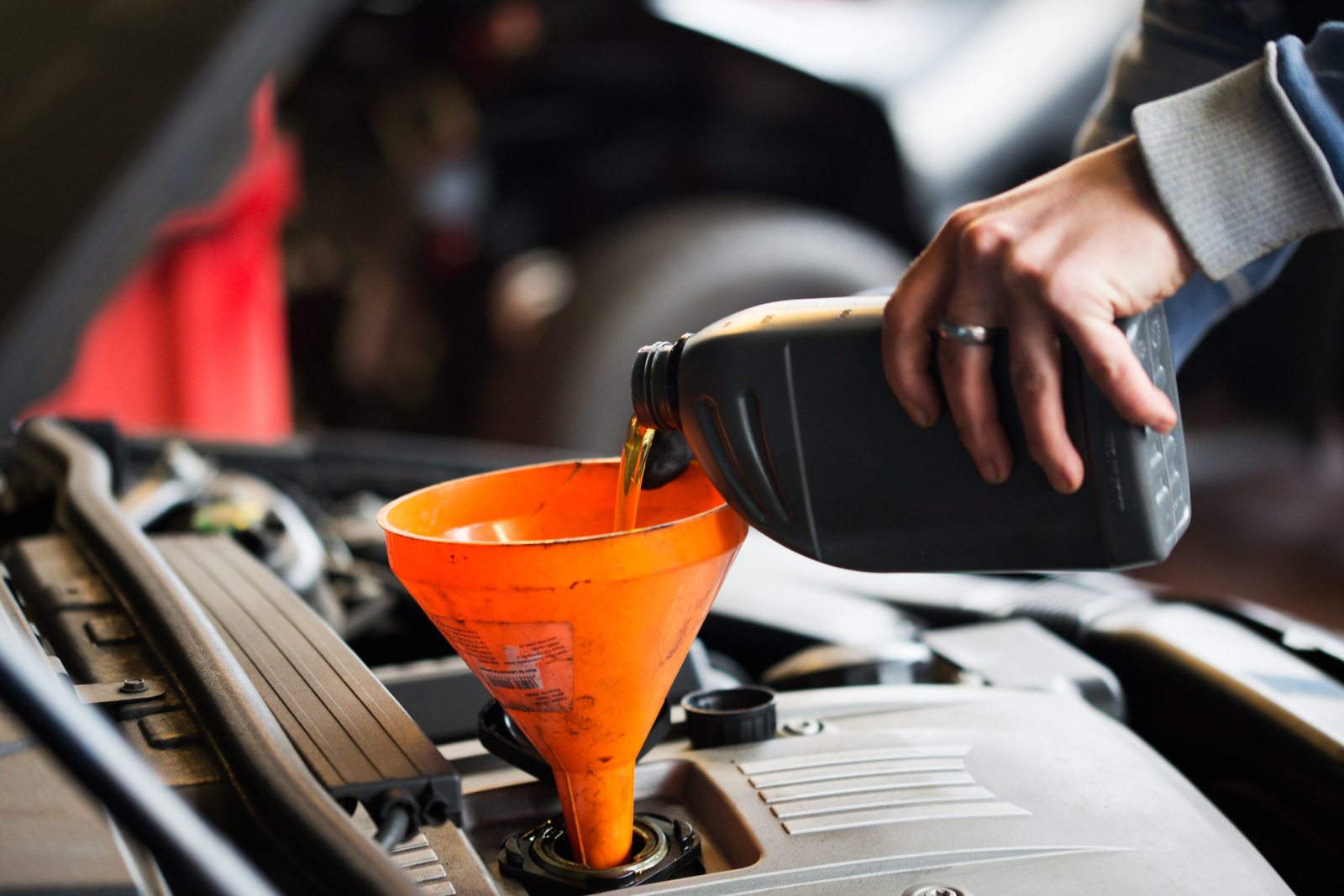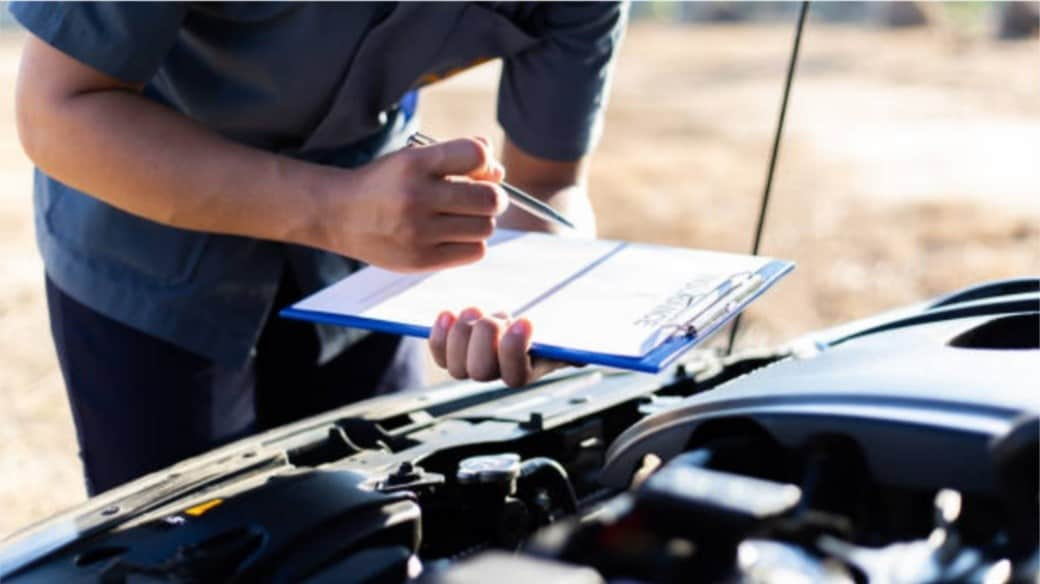All Categories
Featured
Discharges screening is an important process that assists ensure automobiles meet ecological standards by limiting hazardous toxins. Planning for the test can save cash, aggravation, and time. Right here are the top strategies to help your lorry pass discharges examining on the initial shot.
![]()
Normal maintenance is the foundation of a car's performance. Arrange routine checks for your engine, change the oil as required, and change filters to keep your vehicle running successfully. Poor upkeep can cause too much exhausts and an unsuccessful test.
A lit check engine light is an automated failure in numerous emissions tests. Make use of a diagnostic tool or visit a mechanic to identify the problem. Taking care of concerns such as a malfunctioning oxygen sensor or a damaged catalytic converter is important before taking the test.
Parts like ignition system, air filters, and fuel injectors can considerably impact your car's exhaust levels if they're put on out. If required, check these parts and change them. This not only makes sure conformity but additionally improves general lorry performance.
Gas ingredients and treatments created to lower discharges can help remove carbon deposits and enhance engine efficiency. Use these products a week or 2 before the examination to provide time to function effectively.
Numerous service center offer pre-inspections to recognize potential discharges issues. This positive approach allows you to deal with problems beforehand, raising your chances of passing the main examination.
A chilly engine generates more contaminants. To decrease this, drive your automobile for at the very least 20 minutes prior to the test to guarantee the engine and catalytic converter are fully warmed up. This action improves efficiency and minimizes exhausts.
A loose or damaged gas cap can cause fuel vapors to run away, which might result in an unsuccessful test. Examine your gas cap for damage and ensure it's securely tightened.
![]()
Laws vary depending on your location, so familiarize on your own with the certain needs in your area. Understanding what to anticipate can assist you take the best actions to prepare.
Underinflated tires compel your engine to work harder, which can raise exhausts. Inspect your tire stress and inflate them to the suggested levels for optimum performance.
By complying with these strategies, you can improve your automobile's opportunities of passing the emissions test while ensuring it operates successfully and properly. A little prep work goes a long method toward a stress-free experience and a cleaner environment.

- Remain Current with Maintenance
Normal maintenance is the foundation of a car's performance. Arrange routine checks for your engine, change the oil as required, and change filters to keep your vehicle running successfully. Poor upkeep can cause too much exhausts and an unsuccessful test.
- Address Warning Lights
A lit check engine light is an automated failure in numerous emissions tests. Make use of a diagnostic tool or visit a mechanic to identify the problem. Taking care of concerns such as a malfunctioning oxygen sensor or a damaged catalytic converter is important before taking the test.
- Replace Worn-Out Elements
Parts like ignition system, air filters, and fuel injectors can considerably impact your car's exhaust levels if they're put on out. If required, check these parts and change them. This not only makes sure conformity but additionally improves general lorry performance.
- Usage Emission-Reducing Products
Gas ingredients and treatments created to lower discharges can help remove carbon deposits and enhance engine efficiency. Use these products a week or 2 before the examination to provide time to function effectively.
- Do a Pre-Test Inspect
Numerous service center offer pre-inspections to recognize potential discharges issues. This positive approach allows you to deal with problems beforehand, raising your chances of passing the main examination.
- Drive Your Automobile Before the Examination
A chilly engine generates more contaminants. To decrease this, drive your automobile for at the very least 20 minutes prior to the test to guarantee the engine and catalytic converter are fully warmed up. This action improves efficiency and minimizes exhausts.
- Make Certain a Tight Gas Cap
A loose or damaged gas cap can cause fuel vapors to run away, which might result in an unsuccessful test. Examine your gas cap for damage and ensure it's securely tightened.
- Examine Regional Emissions Standards

Laws vary depending on your location, so familiarize on your own with the certain needs in your area. Understanding what to anticipate can assist you take the best actions to prepare.
- Maximize Tire Pressure
Underinflated tires compel your engine to work harder, which can raise exhausts. Inspect your tire stress and inflate them to the suggested levels for optimum performance.
By complying with these strategies, you can improve your automobile's opportunities of passing the emissions test while ensuring it operates successfully and properly. A little prep work goes a long method toward a stress-free experience and a cleaner environment.
Latest Posts
Uncover Montclare Auto Repair’s Leading Auto Repairs and Why Drivers Rely On Them
Published May 31, 25
1 min read
Explore Premier Auto Repair Services in Chicago – Keep Your Car Running Smoothly
Published May 27, 25
1 min read
Find Cost-Effective Auto Repairs with Montclare’s Limited-Time Service Specials
Published May 22, 25
1 min read
More
Latest Posts
Uncover Montclare Auto Repair’s Leading Auto Repairs and Why Drivers Rely On Them
Published May 31, 25
1 min read
Explore Premier Auto Repair Services in Chicago – Keep Your Car Running Smoothly
Published May 27, 25
1 min read
Find Cost-Effective Auto Repairs with Montclare’s Limited-Time Service Specials
Published May 22, 25
1 min read